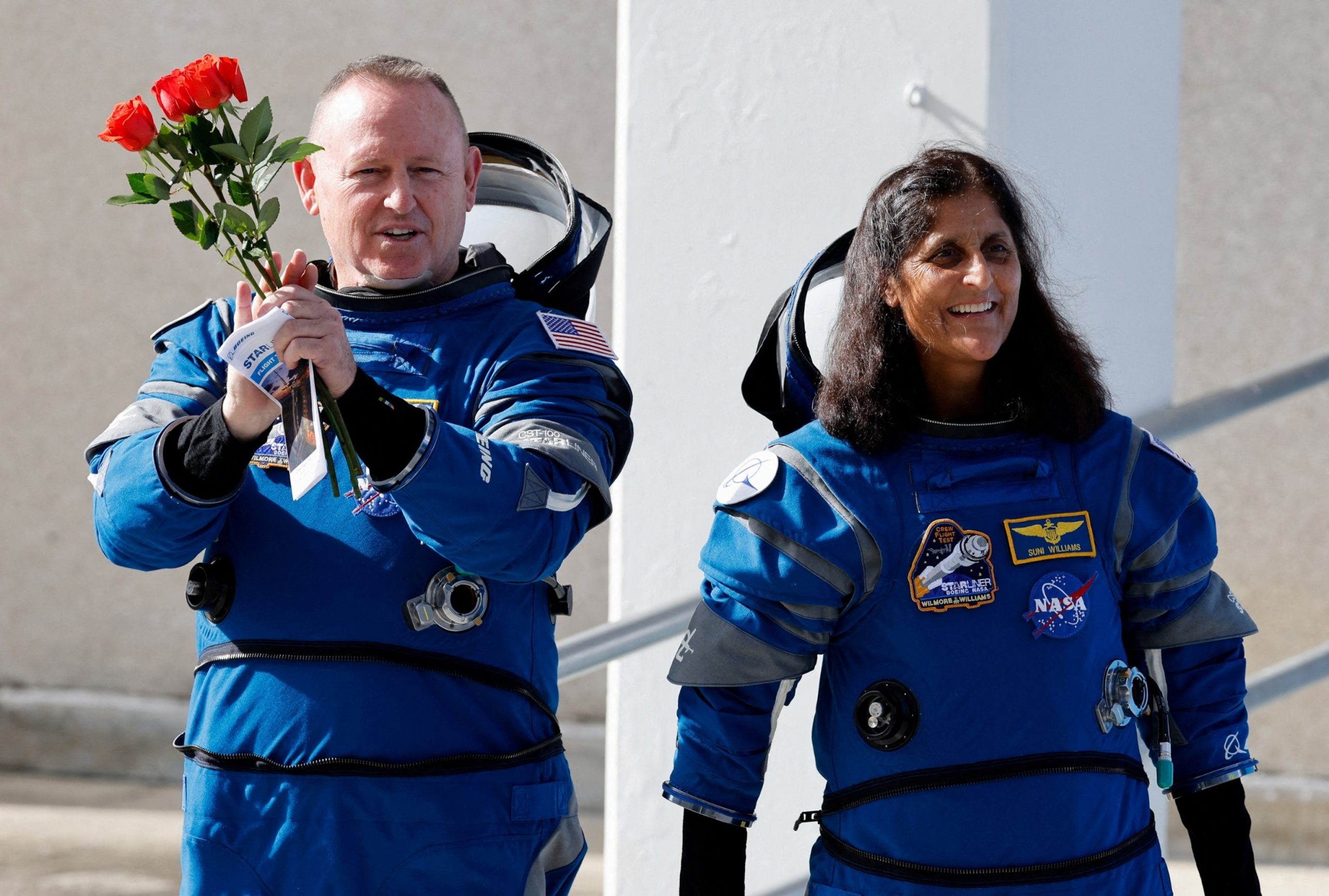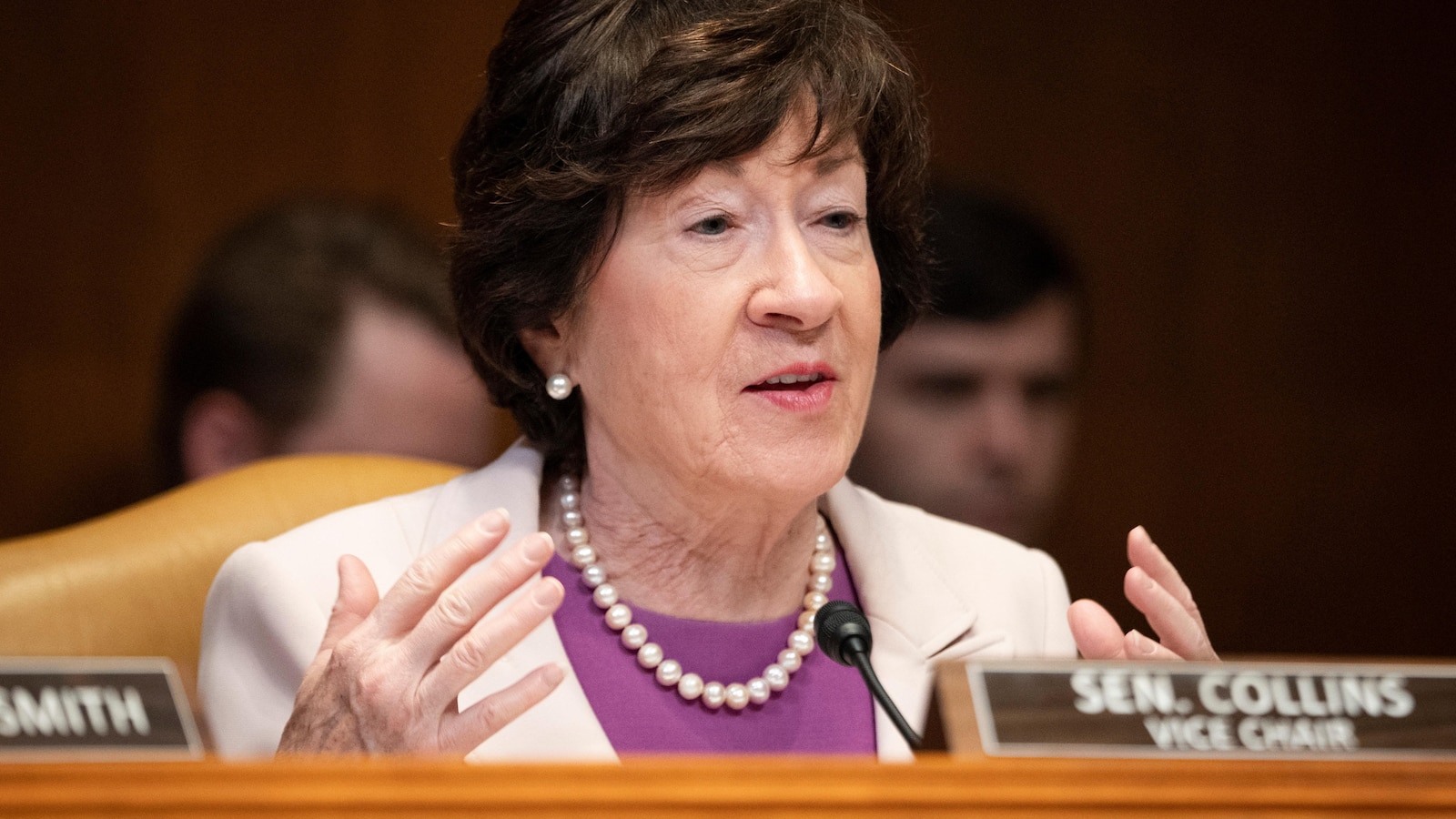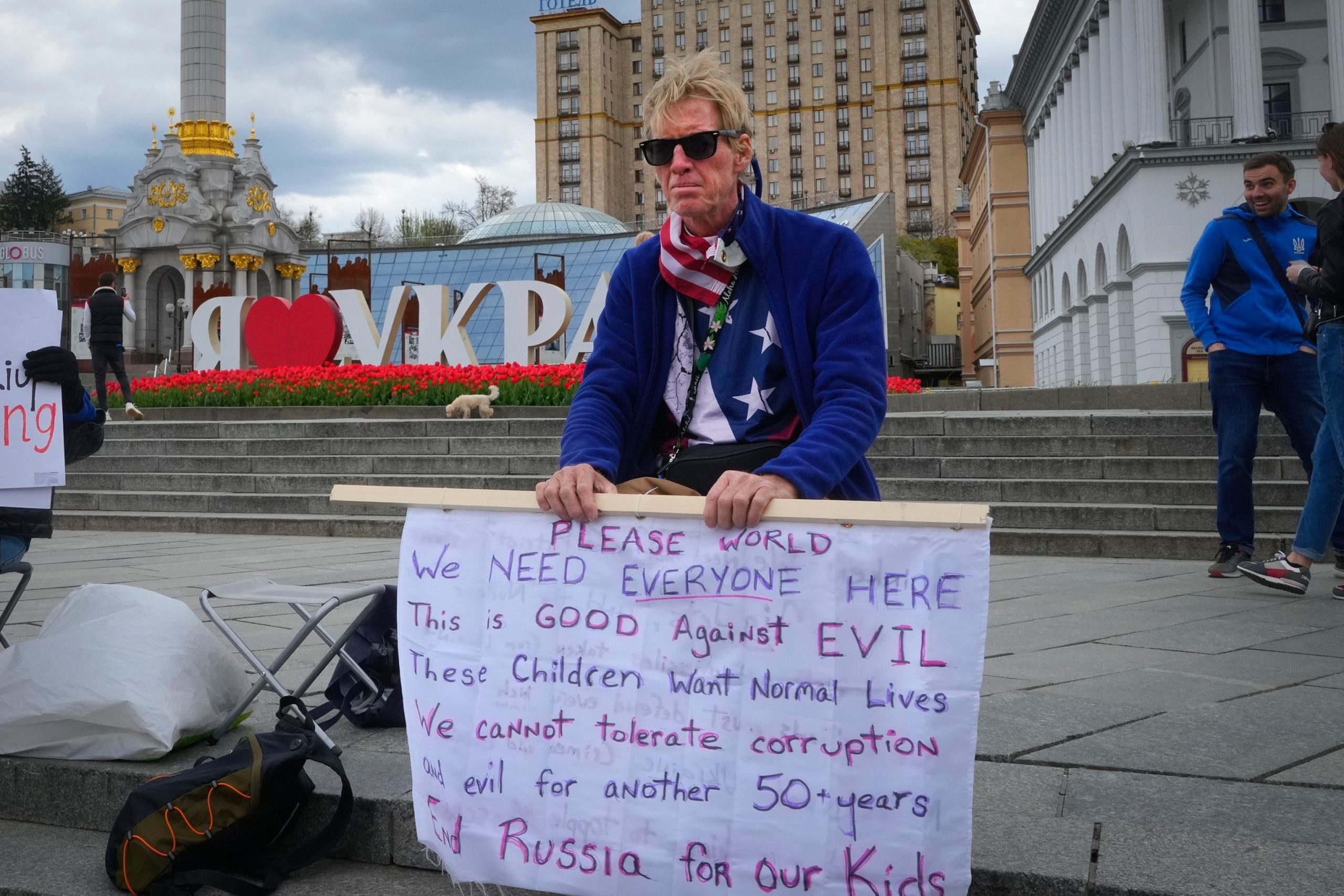Boeing Starliner’s first astronaut-crewed capsule, which launched to the International Space Station (ISS) on June 5, remains docked at the station with no official return date, NASA said Thursday.
“We don’t have a major announcement today relative to a return date,” NASA Commercial Crew Program Manager Steve Stich said during a joint press conference with Boeing officials.
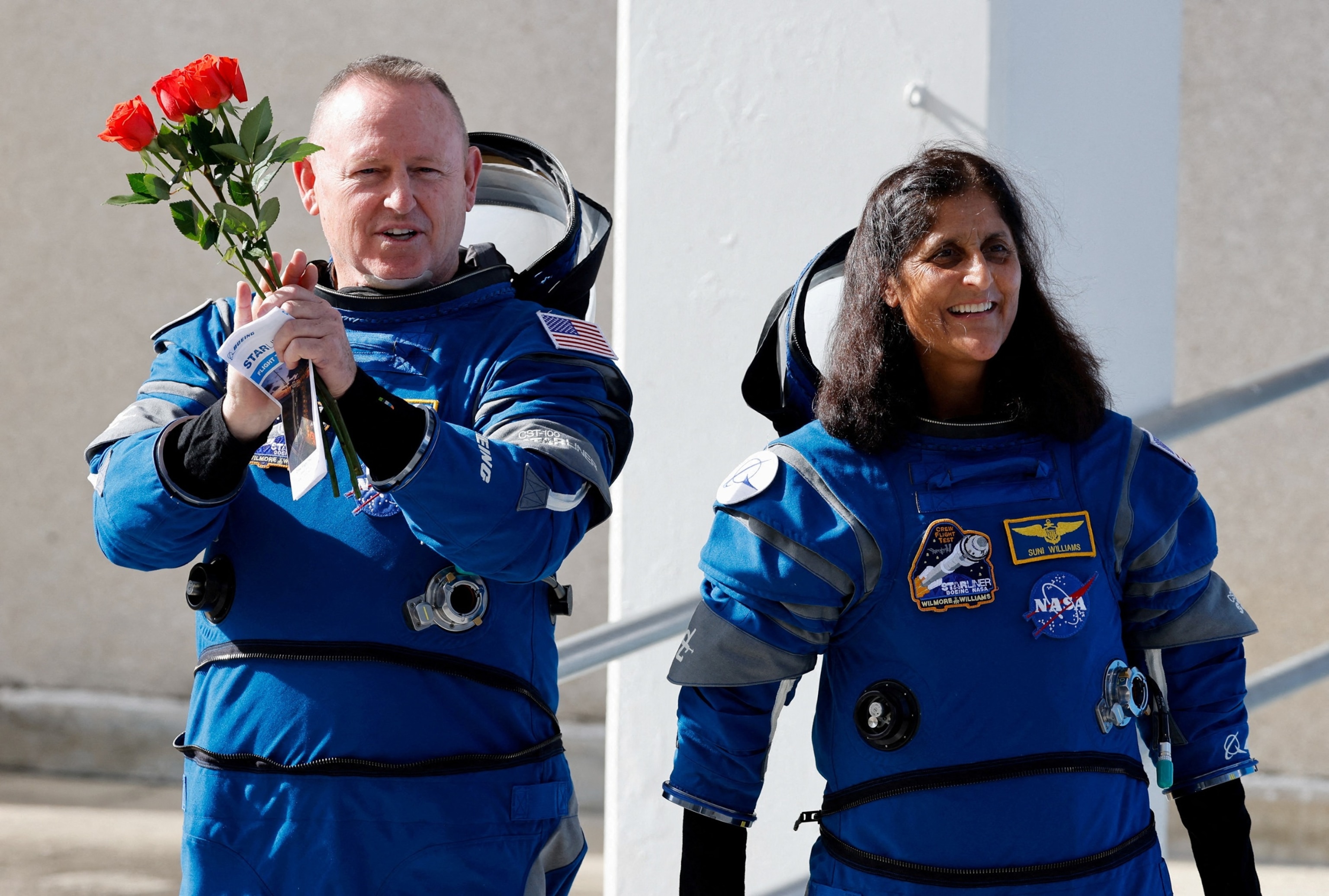
NASA astronauts Butch Wilmore and Suni Williams walk at NASA’s Kennedy Space Center, on the day of Boeing’s Starliner-1 Crew Flight Test (CFT) mission on a United Launch Alliance Atlas V rocket to the International Space Station, in Cape Canaveral, Florida, on June 1, 2024.
Joe Skipper/Reuters
“We’re making great progress, but we’re just not quite ready to do that,” Stich added.
What was initially planned to be an eight-day mission, has now spanned over 50 days, with veteran NASA astronauts Barry “Butch” Wilmore and Sunita “Suni” Williams’ return to Earth delayed until at least August, according to officials.
Thruster failures that caused issues on the launch trip to ISS and helium leaks on the Starliner capsule have led to continued delays, according to Boeing.
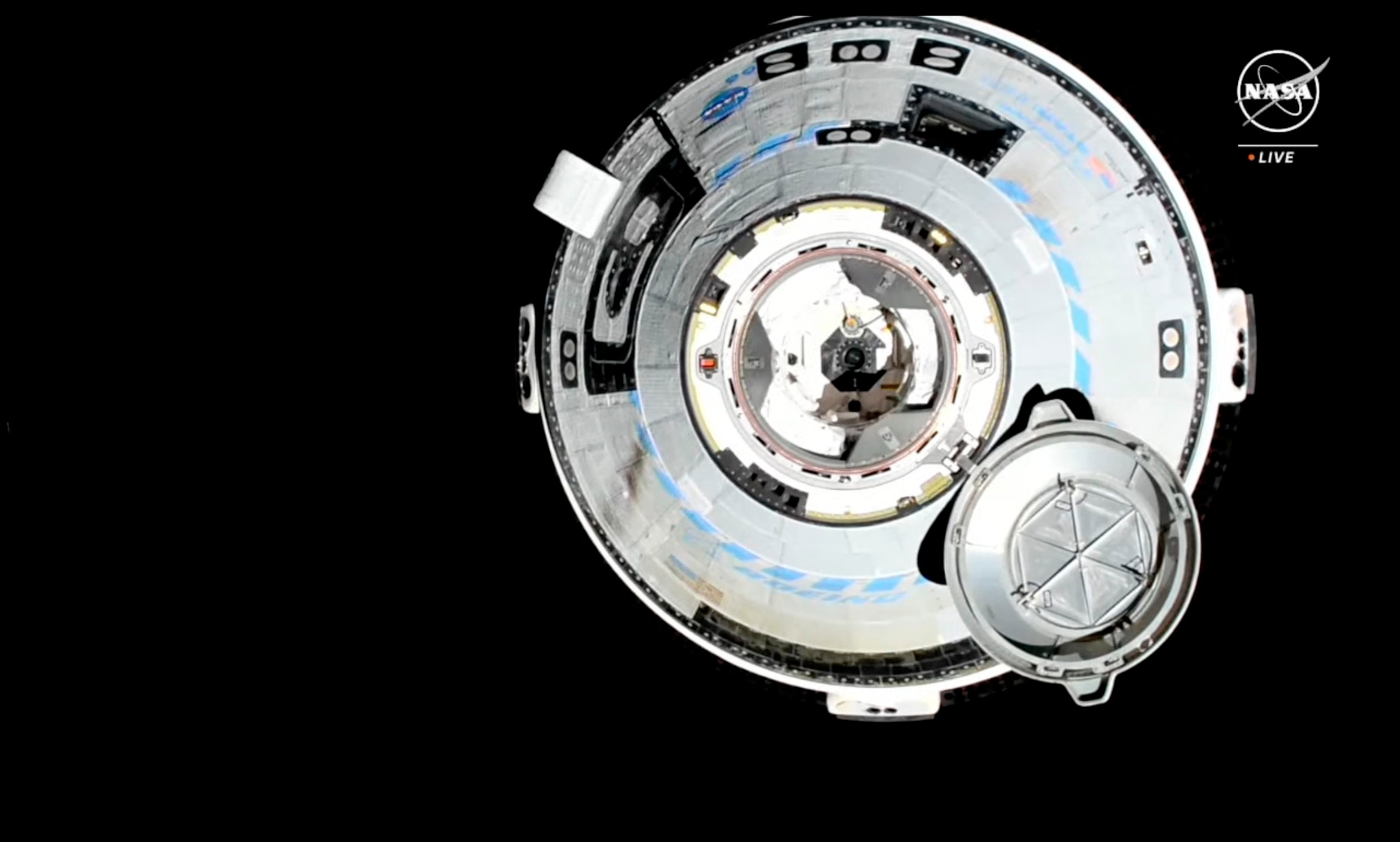
Boeing Starliner spacecraft prepares to dock with the International Space Station for the first time on June 6, 2024.
NASA via AP
The Aerospace giant has been testing the capsule’s propulsion system in White Sands, New Mexico, to identify the cause of the issues, according to Stich, who said analysis of the findings will be done this weekend.
In order to get the go-ahead for a return mission, NASA must review Boeing’s engineering, which may not happen until the first week of August, Stich said.
On June 11, Boeing officials said the capsule was experiencing five “small” helium leaks as its first astronaut-crewed flight test continued.
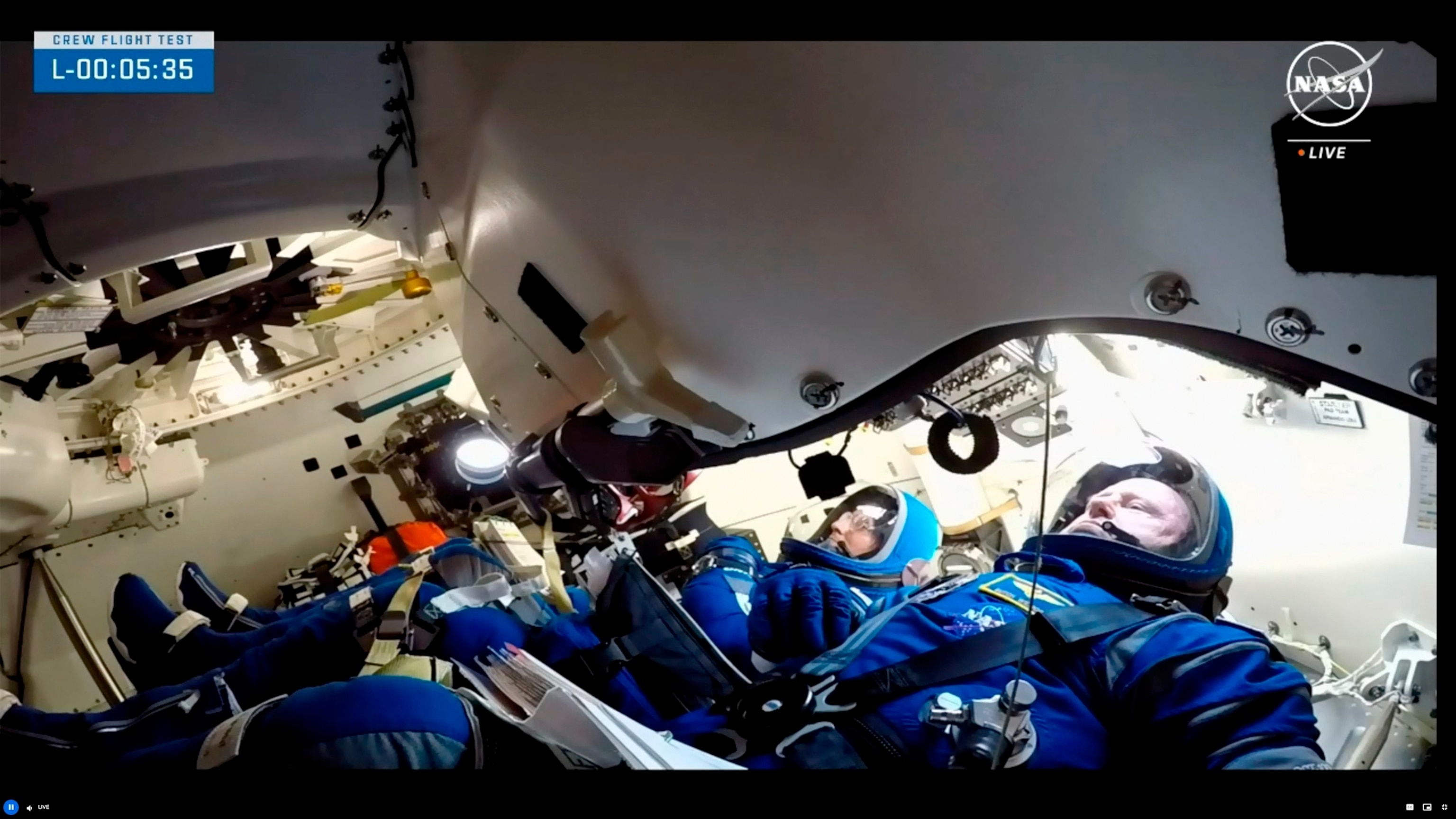
NASA astronauts Butch Wilmore and Suni Williams wait for liftoff inside the Boeing Starliner capsule at Space Launch Complex 41, June 5, 2024, in Cape Canaveral, Fla.
NASA via AP
Helium is used to pressurize the spacecraft’s reaction control system (RCS) maneuvering thrusters, allowing them to fire, according to Boeing.
“Our focus today is to return Butch and Suni on Starliner,” Stich said of the astronauts. “I think we’re starting to close in on those final pieces of the flight rationale to make sure we can come home safely and that’s our primary focus right now.”
Mark Nappi, vice president and program manager of the commercial crew program at Boeing, was asked if there were any regrets about the mission.
“I think the only thing we’d do differently, is we would not have been so empathic about an eight-day mission,” Nappi said of the repeated delays. “We kept saying ‘eight-day minimum mission,’ I think we all knew it was going to go longer than that, it’s my regret that we didn’t just say ‘we’re gonna stay up there until we get everything done we want to go do.'”
ABC News’ Gina Sunseri contributed to this report.
NASA has confirmed that the astronauts aboard Boeing’s CST-100 Starliner capsule are currently stationed at the International Space Station indefinitely. This news comes after a series of delays and setbacks for Boeing’s crewed spaceflight program.
The two astronauts, NASA’s Mike Fincke and Nicole Mann, along with Boeing astronaut Chris Ferguson, were originally scheduled to return to Earth on the Starliner capsule after a short stay at the ISS. However, due to technical issues with the spacecraft’s propulsion system, the return trip had to be postponed.
NASA and Boeing have been working together to troubleshoot the issue and ensure the safety of the astronauts. In the meantime, Fincke, Mann, and Ferguson will continue their mission aboard the ISS, conducting research and experiments alongside the station’s crew.
This unexpected extension of their stay highlights the challenges and uncertainties of space travel, even for experienced astronauts. It also underscores the importance of having multiple options for transporting crew to and from the ISS, as NASA relies on both Boeing and SpaceX for crewed missions.
Despite the setback, NASA remains committed to its goal of maintaining a continuous human presence in space. The agency is working closely with Boeing to resolve the technical issues with the Starliner capsule and ensure a safe return for the astronauts when the time comes.
In the meantime, Fincke, Mann, and Ferguson are making the most of their time aboard the ISS, contributing to scientific research and exploration efforts that will benefit humanity both on Earth and in space. Their resilience and dedication serve as a reminder of the incredible feats that can be achieved through international cooperation and collaboration in space exploration.
